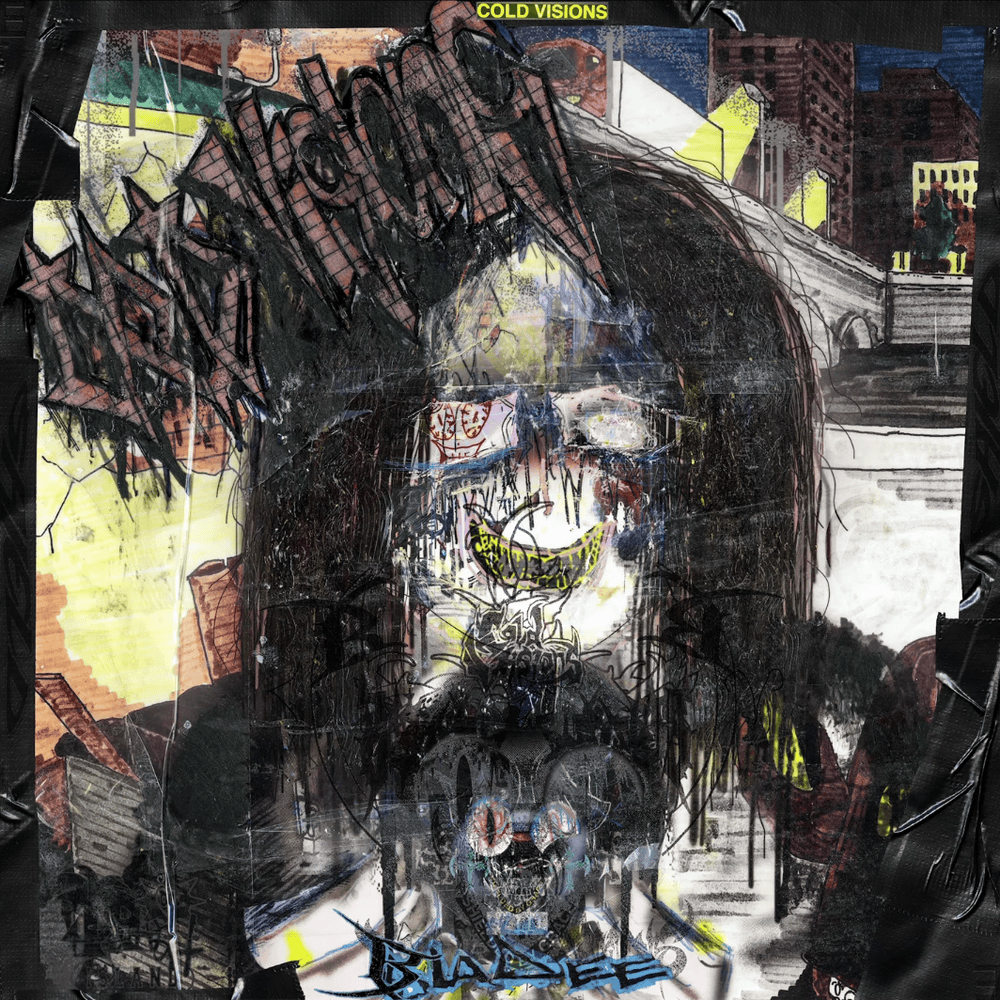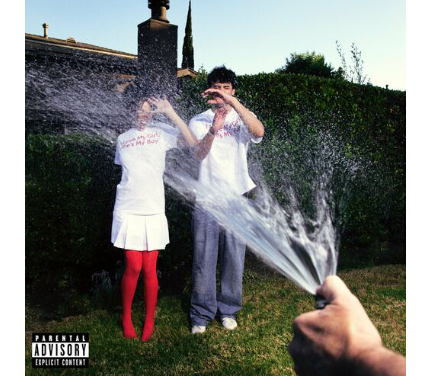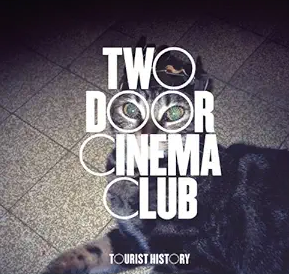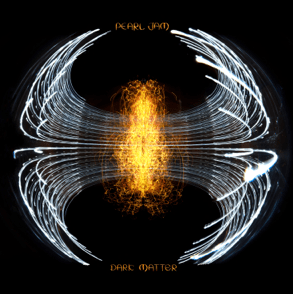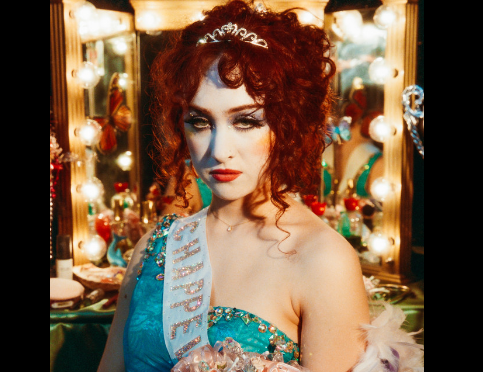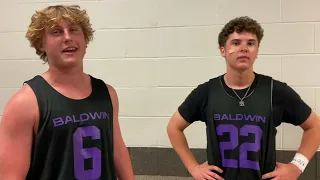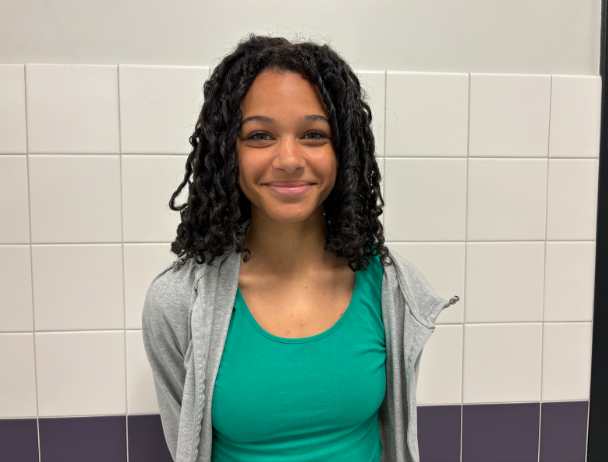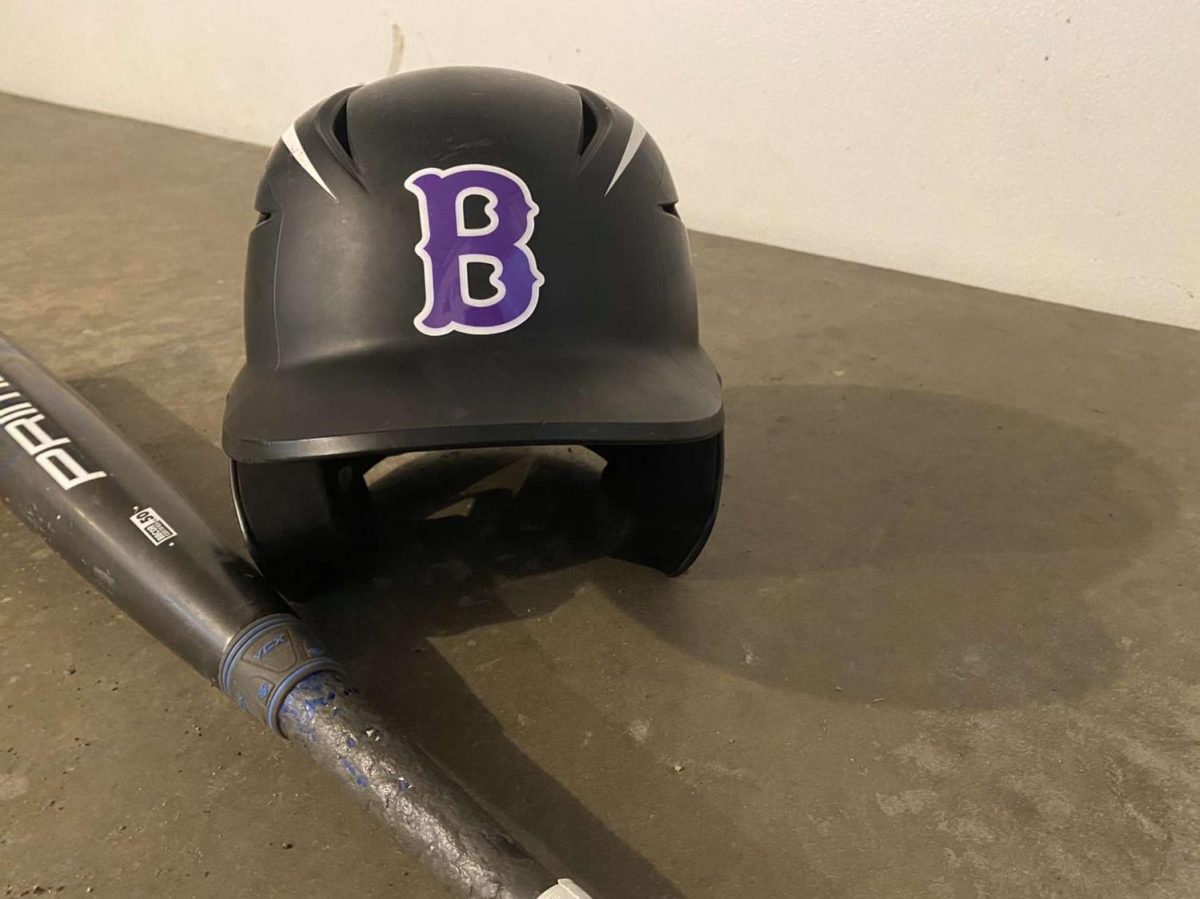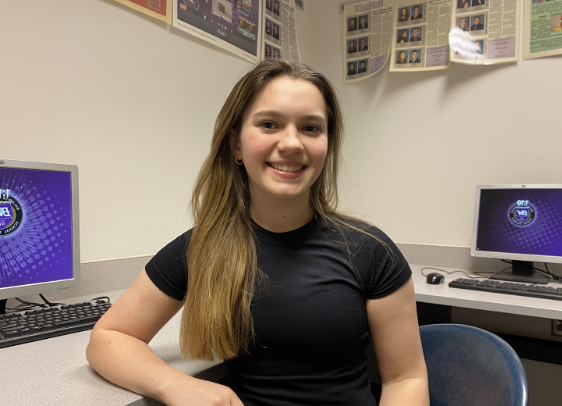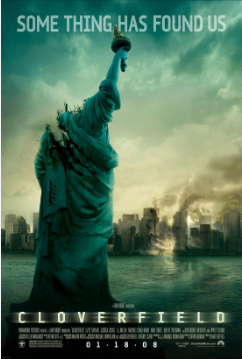
Over 10 years, J.J. Abrams produced three distinct, seemingly independent sci-fi movies that looped together to form “The Cloverfield Trilogy.” The movies Cloverfield, 10 Cloverfield Lane, and The Cloverfield Paradox all have wildly different plots and are even thought by fans to exist in different universes. However, each universe has the same conflict – the characters must survive an alien attack triggered by a slushy company.
The first movie: Cloverfield, released in 2008, deceives viewers within the first 20 minutes. The story follows the complicated relationship between New Yorkers Beth Mclntyre and Robert Hawkins through a found-footage style shot from the camcorder of Rob’s best friend, Hud Platt.
However, while at a party, a disaster of sorts keeps Rob and Beth apart. As Hud and friends Lily Ford and Marlena Diamond try to evacuate Manhattan with thousands of others, Rob insists they go back and save Beth, who is injured in her apartment across town. The group comes to discover that there is a monster roaming the city and that they must save Beth and evacuate before the U.S. military explodes all of New York.
The film style is exceptionally executed and adds horror and realism to the confusing situation the group finds themselves in. As a viewer, it feels as though the footage was truly found after the disaster. The viewer starts to connect with the characters as their relationships develop.
The movie avoids common horror movie cliches and pays heavy attention to detail. For example, the viewers are figuring out what is going on as the characters are, and the monster destroying the city is never fully shown until the end of the movie.
Then, 10 Cloverfield Lane was released in 2016 with a whole new concept and an exceptional cast that brought the franchise back to the forefront.
The film follows a woman named Michelle who ends up in a doomsday bunker after being “rescued” from a car crash by an older man named Howard. Michelle eventually gets close to Emmet, a handyman also living in the bunker, and together they start to decipher Howard’s intentions and find out the truth about the outside world.
As publicity for the film promised, “monsters come in many forms,” and John Goodman, who plays Howard, acts as an eerily realistic antagonist. His line delivery in many scenes is enough to reveal that something sinister is taking place behind all of his stories. In his fantastic acting, Goodman successfully portrays “the creepy old guy” effect that leaves viewers feeling uncomfortable.
Similarly, Mary-Elizabeth Winstead, who plays Michelle, is likable and quick-thinking, building realistic chemistry with co-star John Gallagher Jr., who plays Emmett.
With a very small cast, the trio is able to build a successfully creepy atmosphere in the bunker.
The one downside to the movie is that it’s so great on its own that it doesn’t need to fit into the Cloverfield franchise. However, including it in with the other movies is a gateway to more Cloverfield fans discovering it.
The third movie, 2018’s The Cloverfield Paradox, follows yet a different path.
In The Cloverfield Paradox, astronauts, scientists, and doctors from multiple different countries come together and are sent into space to solve an energy crisis that is starting wars on Earth.
The team tries multiple times to power “the Shepard” – a powerful particle accelerator – but it proves to be too powerful and they get forced into a different dimension. The team struggles to get back home as some unexpected issues occur.
The movie falls out of the horror genre and into the sci-fi scene, and although it is not as captivating as the other two movies, it has its strengths. For instance, the movie excels in having unpredictable plot twists that are both unique and fitting for the plot.
The dynamics between the characters are also interesting as bonds form and break and mistrust tears the crew apart.
Additionally, the film brings more context to how and why the monsters that appear in every Cloverfield movie came to be, and it fits better into the series than 10 Cloverfield Lane. It also makes room for more theories and discussion among the franchises’ fans.
But compared to how detailed and well-produced the other two Cloverfield movies were, The Cloverfield Paradox does not live up to its predecessors. Overall the film is too sci-fi to be appreciated by horror and physiological thriller fans drawn into the series by Cloverfield and 10 Cloverfield Lane.
Overall, the trilogy is interesting and unique – characteristics that many poorly produced horror movies lack. The franchise excels in engaging fans to watch the whole series with its three remarkable yet distinct movies.


